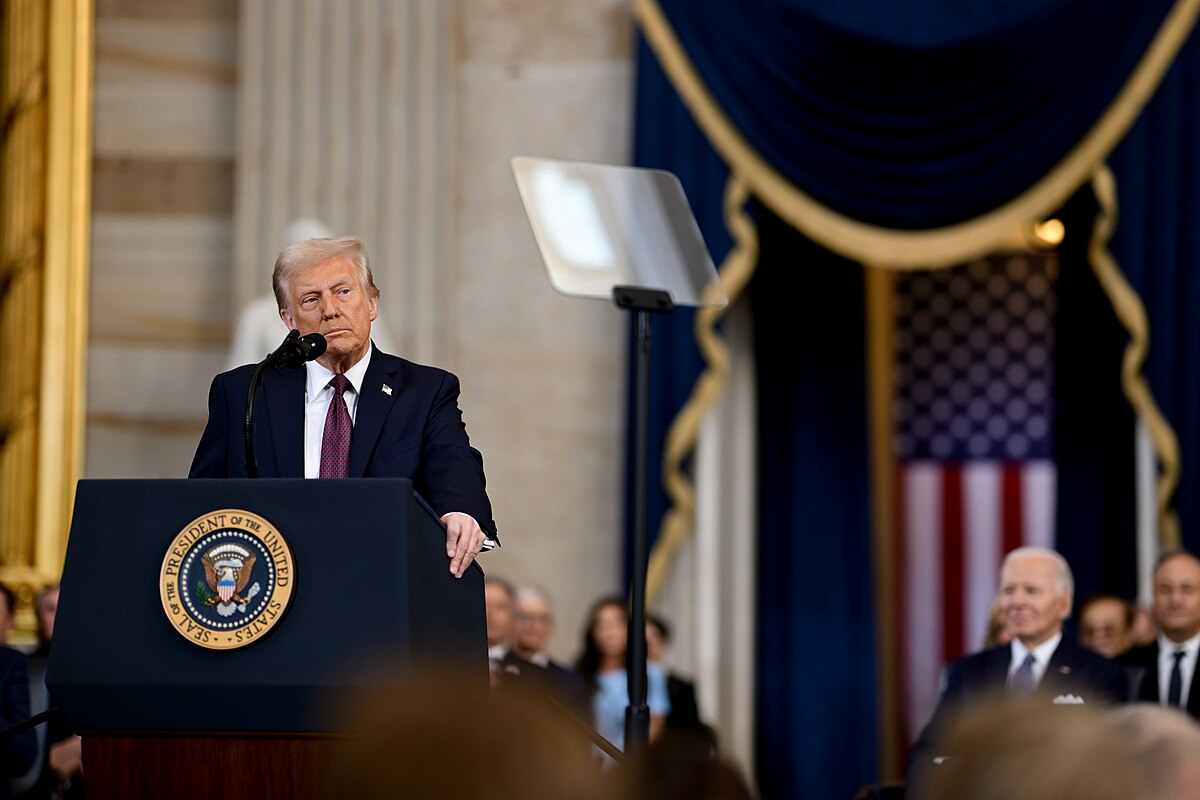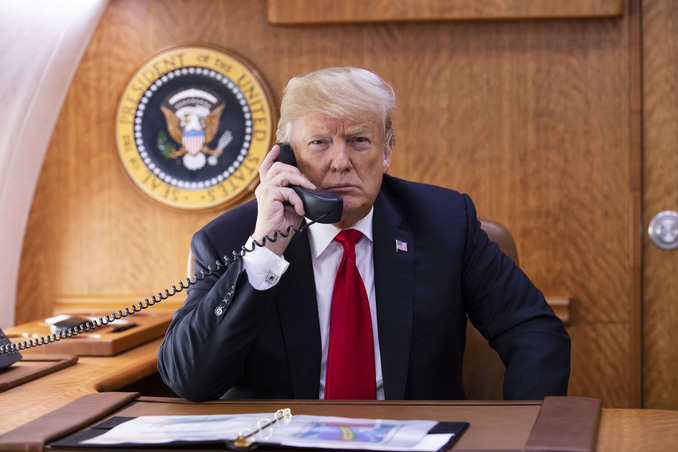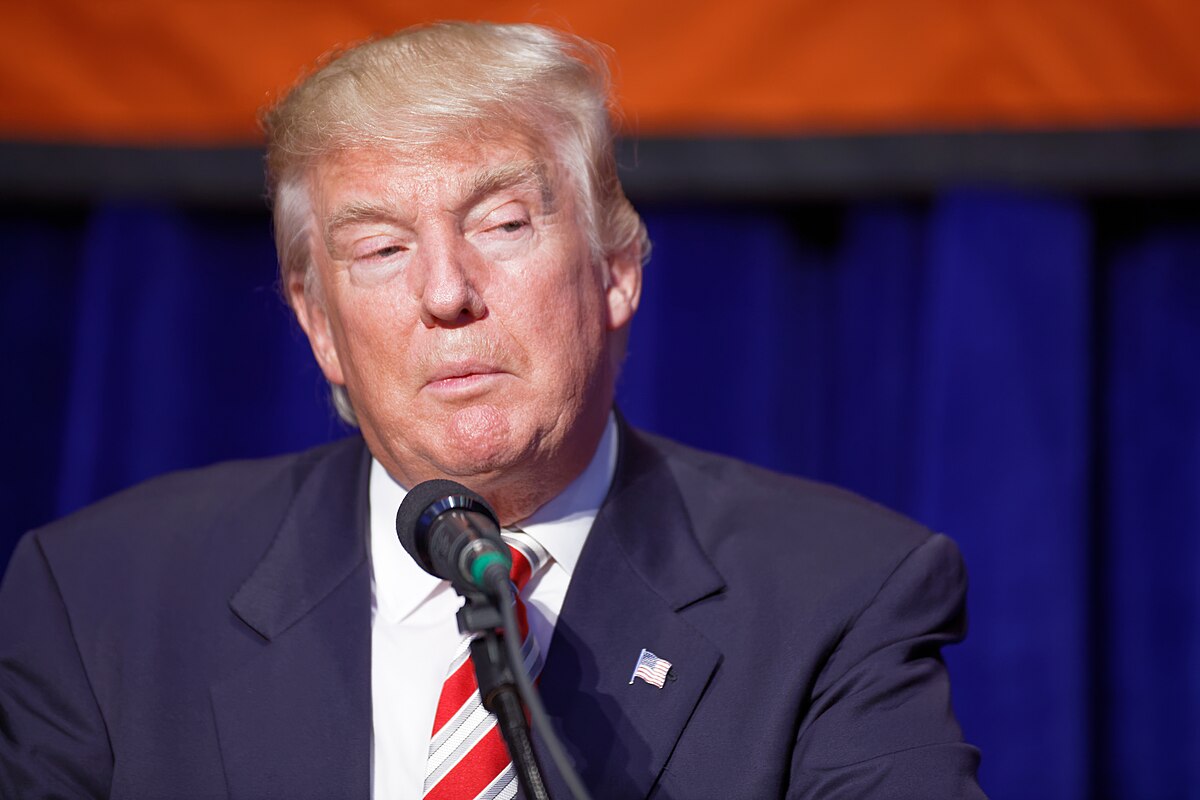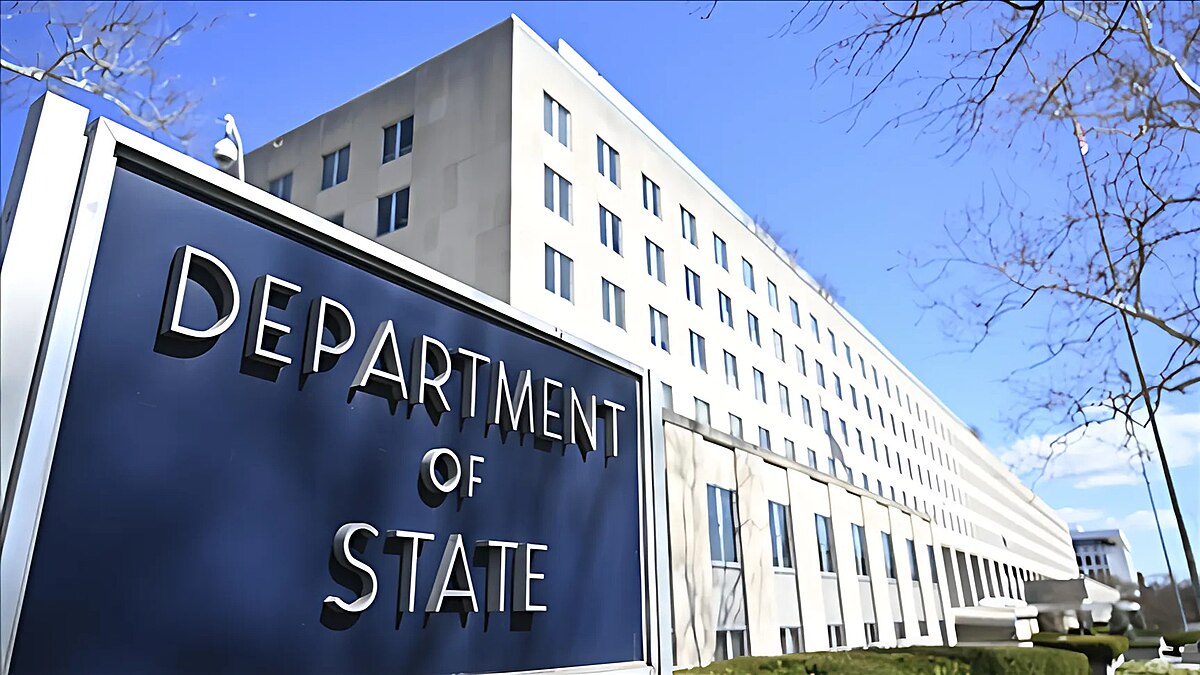- 14 3402-5578
- Rua Hygino Muzy Filho, 737, MARÍLIA - SP
- contato@latinoobservatory.org
 The Trump White House
The Trump White House
Sanctuary cities are characterized as municipalities that limit or even deny their cooperation in federal immigration enforcement actions. They usually have a policy, written or otherwise, that discourages local police from reporting the individuals immigration status unless it involves the investigation of a serious crime.
Many cities consider themselves sanctuaries, the largest ones being New York, Los Angeles, and Chicago. However, entire states and counties can consider themselves sanctuaries, such as California, Colorado, and Washington. For information purposes, there are currently approximately 600 sanctuaryjurisdictions across the country.
First, it is important to ask: how did this movement begin? The development of cities with the characteristic of “sanctuary cities” started from a religious and political campaign to welcome immigrants in the United States, with Berkeley, California, being the first city to claim this status in 1971, since it was considered a safe place for US Navy soldiers to settle after the Vietnam War. Over time, it also began to shelter refugees from El Salvador and Guatemala.
At first, the cities focused predominantly on supporting religious organizations and movements, but from the 1980s and 1990s onwards, their essence became more focused on human rights than on religious issues, increasingly focusing on developing policies that would limit local police involvement in federal immigration issues. Thus, when these Sanctuaries became official, they committed to providing shelter, protection, material goods and, in many cases, legal advice to refugees, so that many religions began to support the movement, including Lutherans,Catholics, Methodists and Jews.
Recently, the number of sanctuaries has continued to grow, which could raise the question of what is hidden behind the desire to receive “sanctuary” status. From a human rights perspective, welcoming immigrants and providing them with material resources would do much more good than detaining and deporting them, and several studies have shown that these cities have shown positive results, such as lower crime rates, higher family incomes, and lower poverty rates than non-sanctuary cities. It is worth noting, however, that these cities do not violate the law; what may occur is that local officials refuse federal detention requests during deportation considerations, following their own constitutional guidelines and legalregulations.
With regard to the Trump administration and new immigration policies, what will be the new situation for sanctuary cities? Looking back at his last administration, according to the Federation for American Immigration Reform (FAIR), since November 2016 (with his first election as president) the number of sanctuary jurisdictions has nearly doubled. Before his inauguration, only 38 jurisdictions stated that they would refuse to cooperate with Trump's immigration enforcement policies, while after his inauguration, the number reached 236, announcing that they would refuse to cooperate with the United States Immigration and Customs Enforcement (ICE) and the US Customs and Border Protection (CBP). In total, the number went from 338 in 2016 to 564 in 2018.
In 2018, the US Department of Justice sued the Governor and Attorney General of California over three state laws, claiming that the laws made it harder for federal immigration officials to do their jobs and made it impossible to deport criminal aliens. He promised to withdraw all federal funding for sanctuary cities, which became a key campaign issue, and he issued an executive order (8USC 1373) stating that jurisdictions that did not comply would not receive federal funding. The response to this issue was mixed: 33 states accepted the order and enacted legislation requiring local authorities to cooperate with ICE, while other states and cities said they would not cooperate with federal immigration enforcement efforts, even displaying policies that supported the reception of immigrants. California has openly rejected this order, and two municipalities have declared the order unconstitutional, issuing a nationwide permanent injunction against the provisions they found unconstitutional.
Thus, there are two sides to the argument: some opposed Trump’s policies, saying that obeying orders from federal immigration agents would undermine trust between law enforcement and immigrant communities, while others argued that protecting immigrants from law enforcement makes communities less safe and undermines the rule of law. Ultimately, Trump’s executive order did not advance as part of the Immigration and Nationality Act, as expected, and was blocked by federal courts; it was enacted as part of the Illegal Immigration Reform and Immigrant Responsibility Act of 1996, and also as part of the Omnibus Consolidated Appropriations Act of 1997.
Now, the new Trump administration promises to be no different. According to CNN, before his reelection, the president stated that, if he were reelected, he would pressure Congress to ban sanctuary cities and empower federal authorities to curb illegal immigration. At a campaign rally in North Carolina, the newly elected president stated: “Today, I am announcing a new plan to end all sanctuary cities in North Carolina and across our country. No more sanctuary cities.”
Based on these measures promised by Trump, cities are mobilizing. The mayor of New York, for example, stated that he “will do ‘everything possible’ to protect immigrants living in the largest metropolis in the US”, and even threatened to eliminate the city’s list of undocumented immigrants so that the government would not have access to it. The mayor of Chicago, in turn, guarantees that the city will always be a sanctuary city for immigrants. It is also worth mentioning Los Angeles, whose population is made up of 40% immigrants and which hosted one of the largest protests against Trump after his reelection. Seattle, one of the largest capitals and sanctuary cities, stated that it would maintain its policy of openness to immigrants. Finally, we have Washington, the capital of the United States and seat of government which, in contradiction to the current president, is a sanctuary city, with Donald Trump having stated his intention to deport 3 million people as soon as he was officially sworn in.
Given all of these reasons, it is worth noting that there is no one way to
address this situation. For example, there is the option of becoming “quiet”
sanctuaries without announcing their policies, in order to avoid attention,
which in turn will not address the fears and concerns of immigrants in the
community. Other places aim to develop resources that promote the rights of
residents, coordinate services, allocate additional funding for immigration
advocacy work, track and report on the human impacts of deportations and police
abuses, seek legal recourse, and support immigrant protests and more humane
state and federal policies.











